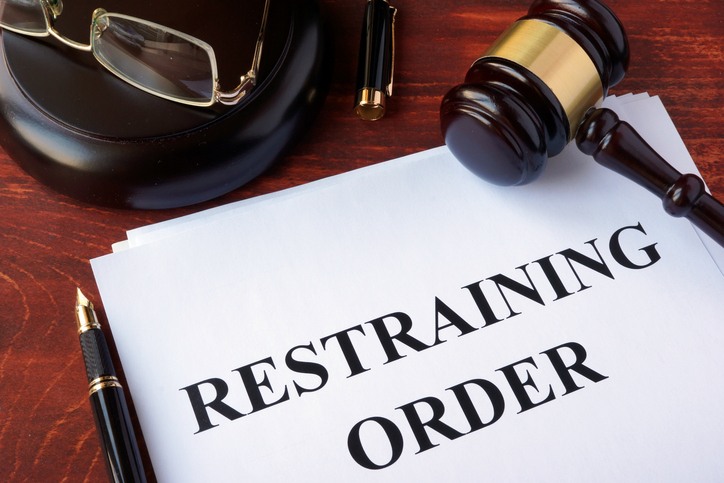July 15, 2022, In Divorce
At WHITMARSH FAMILY LAW, PC, our family law attorney in Los Angeles knows when domestic violence is a factor in our clients’ lives, their safety is the priority throughout the divorce proceedings. That may mean pursuing a Domestic Violence Restraining Order (DVRO) — also known as a personal protective order — to help ensure his or her safety while the marriage is dissolved.
In some cases, restraining orders can be used for more than the fear or threat of or actual domestic violence circumstances. Automatic Temporary Restraining Orders (ATRO) can help the divorce process run smoothly without harm to either spouse, children, or property.
Here is what our California clients should know about their options.

What Does a Domestic Violence Restraining Order Provide During a California Divorce?
A domestic violence restraining order may be mandated by the court during the divorce proceedings to keep one spouse:
- Out of a shared residence, while allowing him or her to take only their personal possessions and clothing.
- A certain distance away from the home, vehicle, workplace, or children’s daycare/school.
- From contacting, calling, or sending the other text messages or emails.
While the affected spouse’s safety is the priority, a personal protective order can complicate the divorce proceedings even further.
Here is why.
During a California divorce, the family courts encourage spouses to attempt to negotiate the terms of their divorce in person, including details involving property division, child custody, and spousal support. This becomes impossible when a DVRO is in effect.
However, a DVRO may provide the affected spouse with evidence that will help pursue favorable custody and spousal support arrangements.
The decision to get a restraining order should be based on one spouse’s fear of the other, or that he or she will harm their children, not on how it will impact divorce proceedings.
Our skilled divorce attorneys in Los Angeles can walk you through the restraining order process, so you can make informed decisions about the direction of your case each step of the way.
What is the Difference Between a Domestic Violence Restraining Order and an Automatic Temporary Restraining Order in California?
Domestic Violence Restraining Orders are designed to help keep one spouse safe from the other, as explained above.
Automatic Temporary Restraining Orders provide protections for other family law matters and apply to all California divorces when the Standard Family Law Restraining Orders summons is included in the filing.
An ATRO is a court-ordered mandate that keeps both spouses from:
- Removing the children from the state of California.
- Clearing shared bank accounts.
- Selling any major assets.
- Borrowing on joint assets.
- Canceling or changing health, homeowners, or auto insurance policies or changing the beneficiaries of any life insurance policies until after the divorce.
- Withdrawing from retirement accounts.
In addition, if either spouse wishes to make a large purchase, he or she must inform the other within five days.
After a California divorce is final, the judge will lift the ATRO.
If domestic violence or other forms of abuse such as verbal, emotional, or financial abuse is proven during the divorce proceedings, the court may issue a final restraining order against the offending spouse.
Contact WHITMARSH FAMILY LAW, PC Today to Schedule a Free Consultation
If you have questions about divorce, personal protective orders, or automatic temporary restraining orders, contact our skilled family law attorneys in Los Angeles County at WHITMARSH FAMILY LAW, PC by calling 310-552-3505 to schedule a free consultation today.
We can help provide solutions that produce results.

